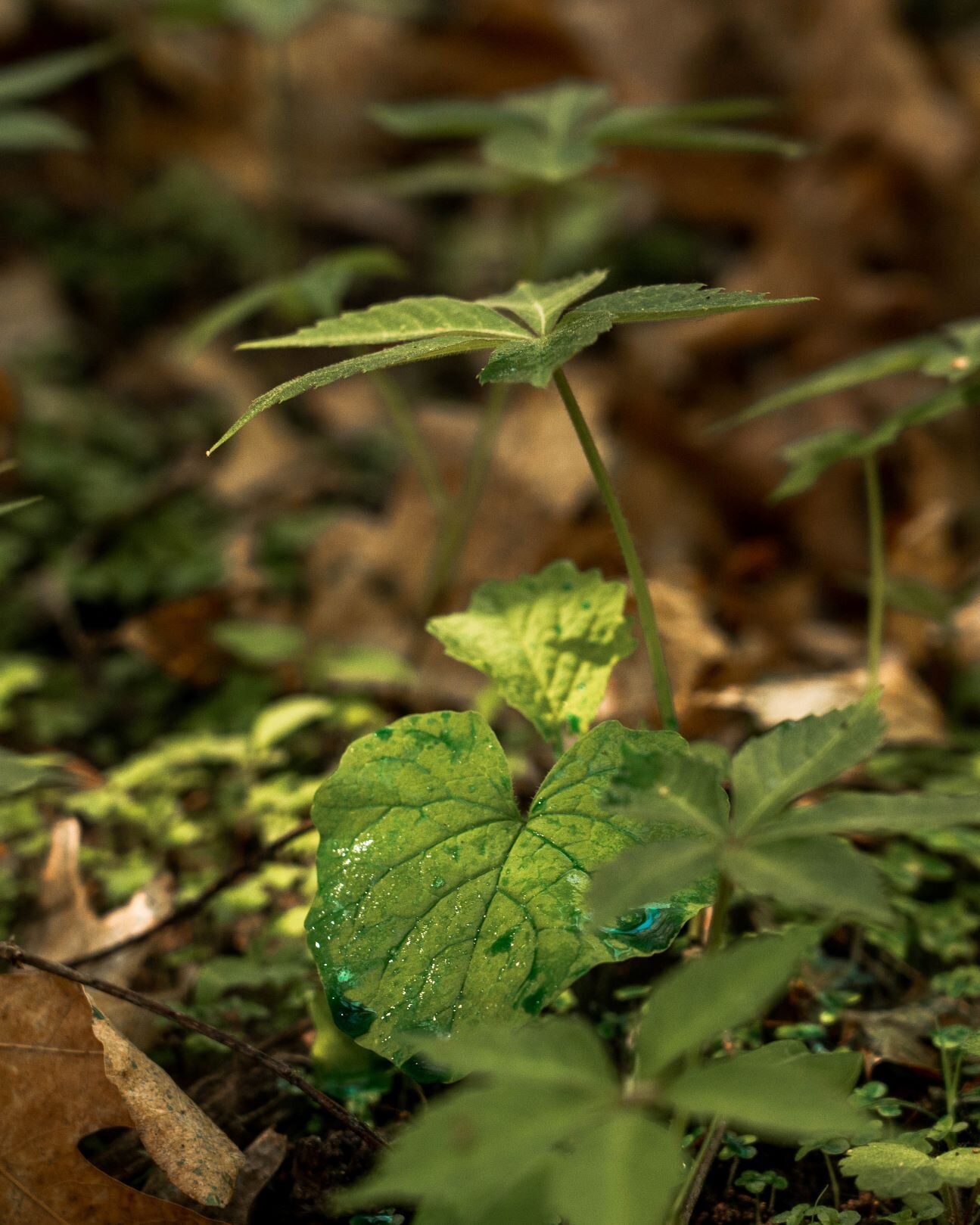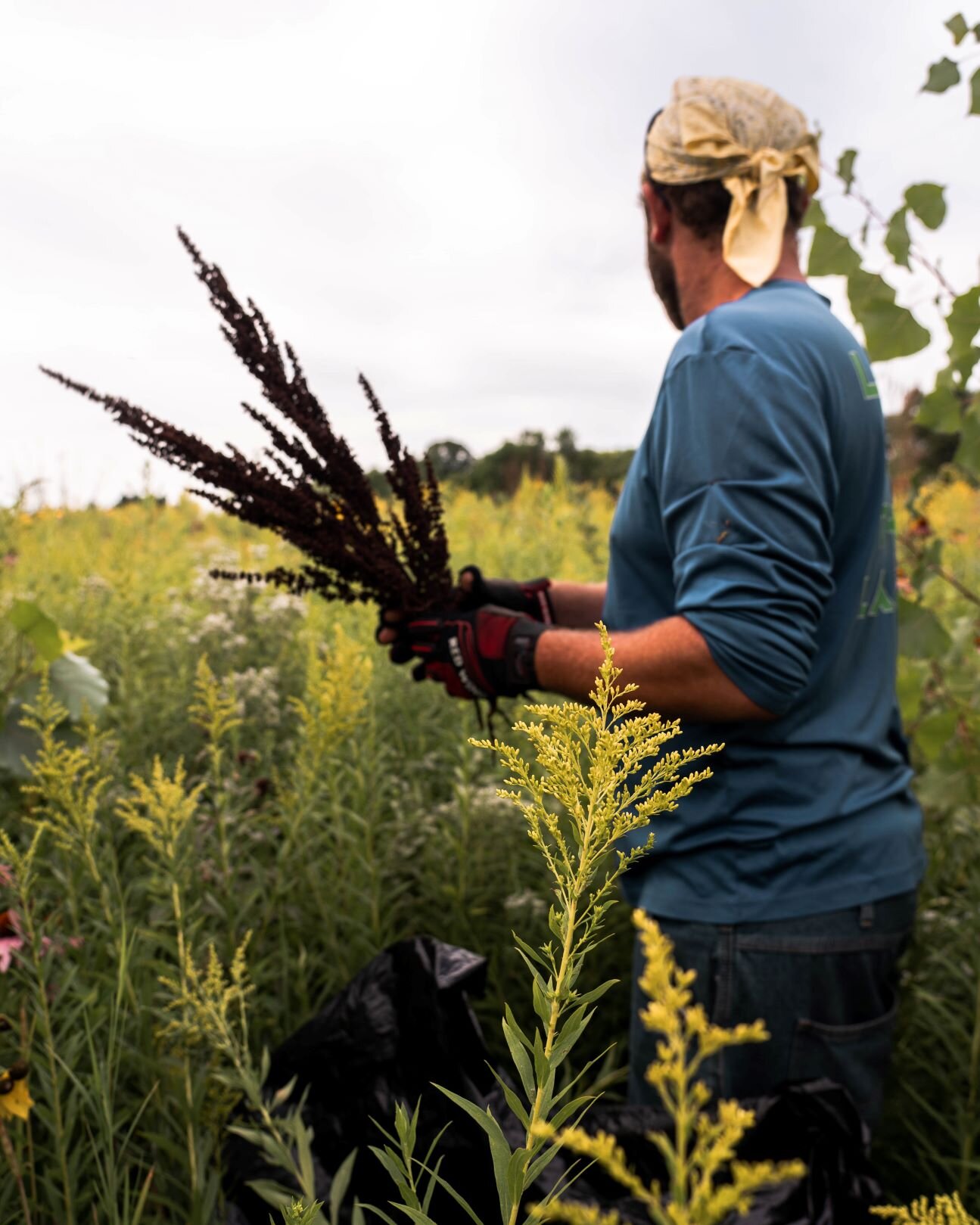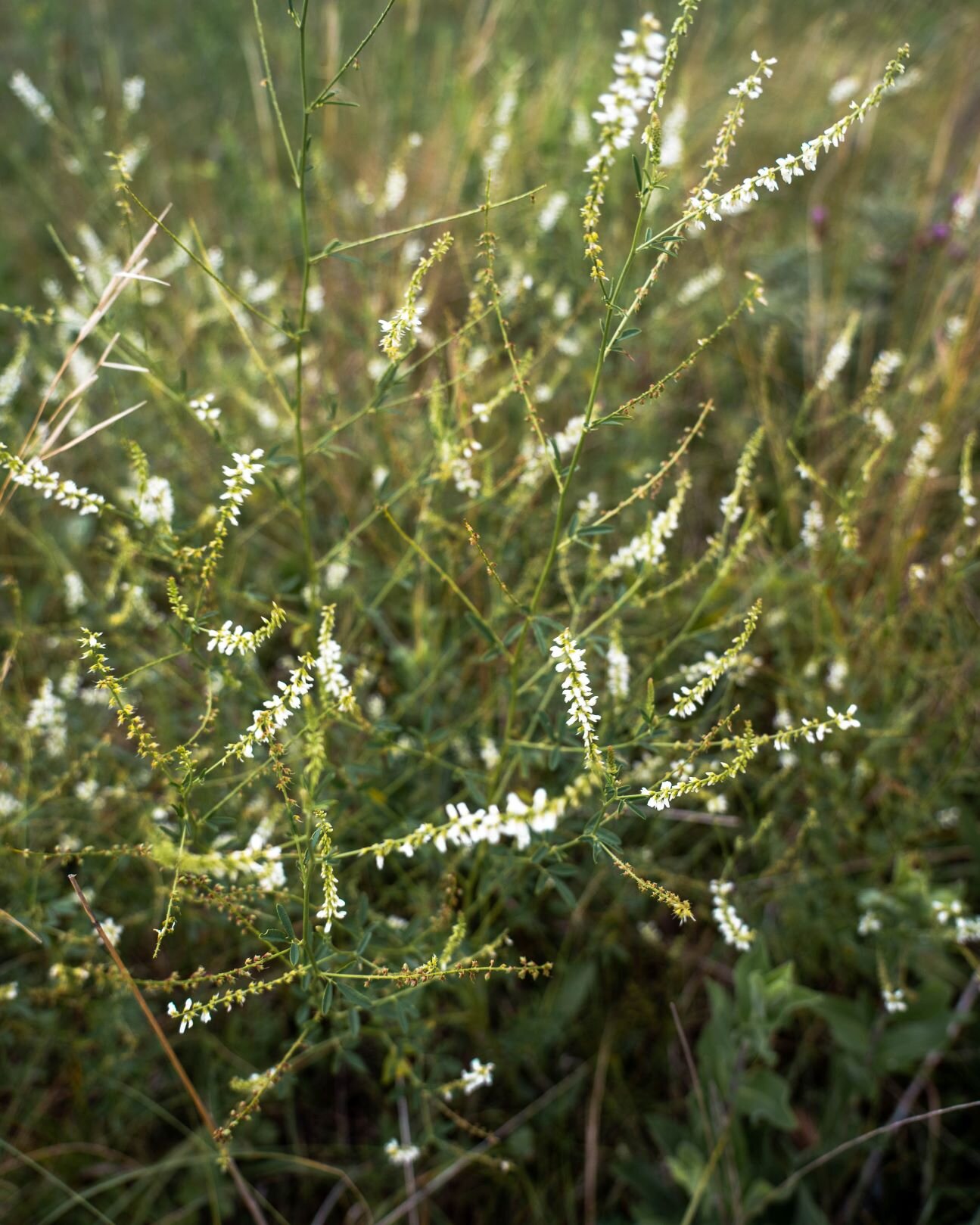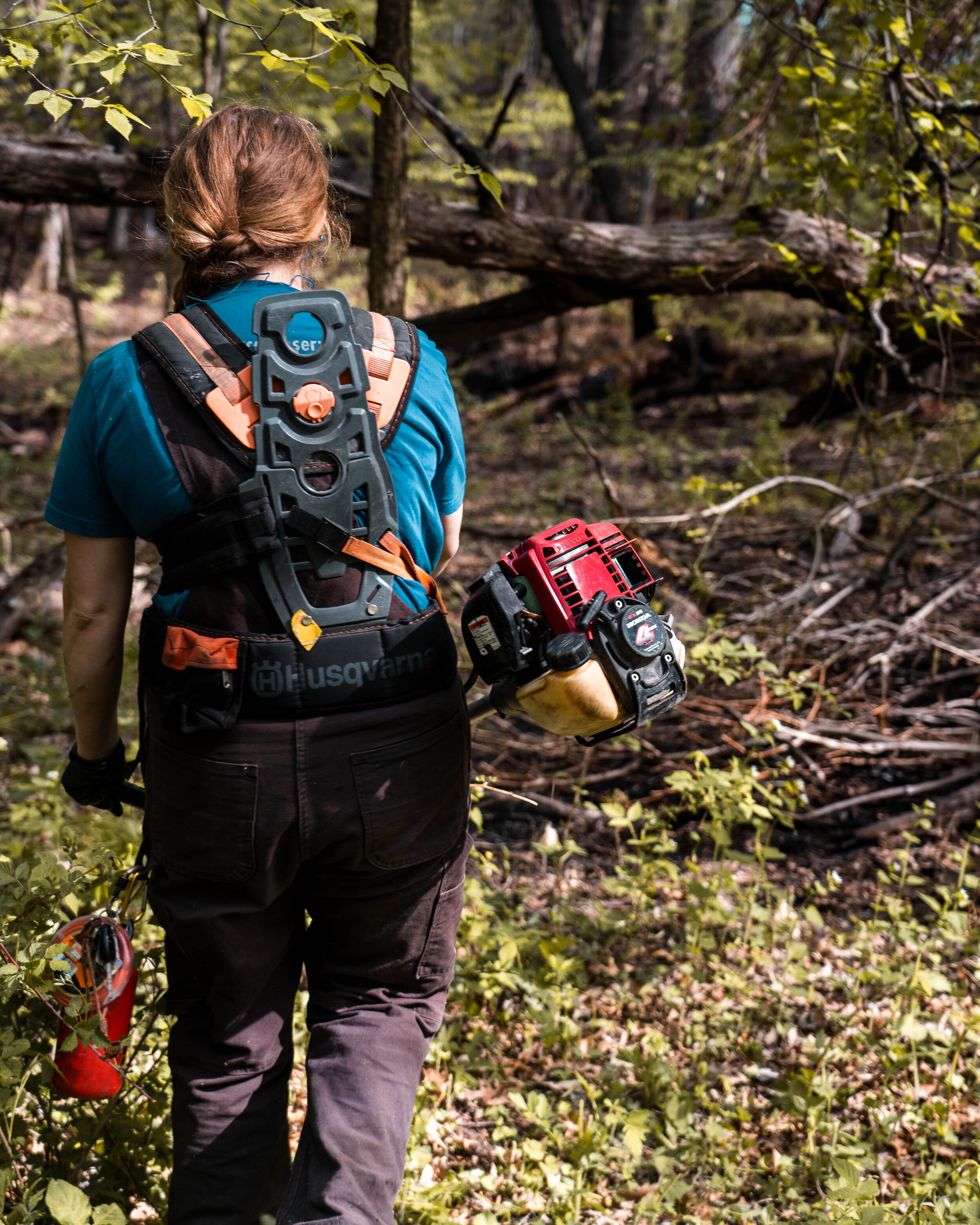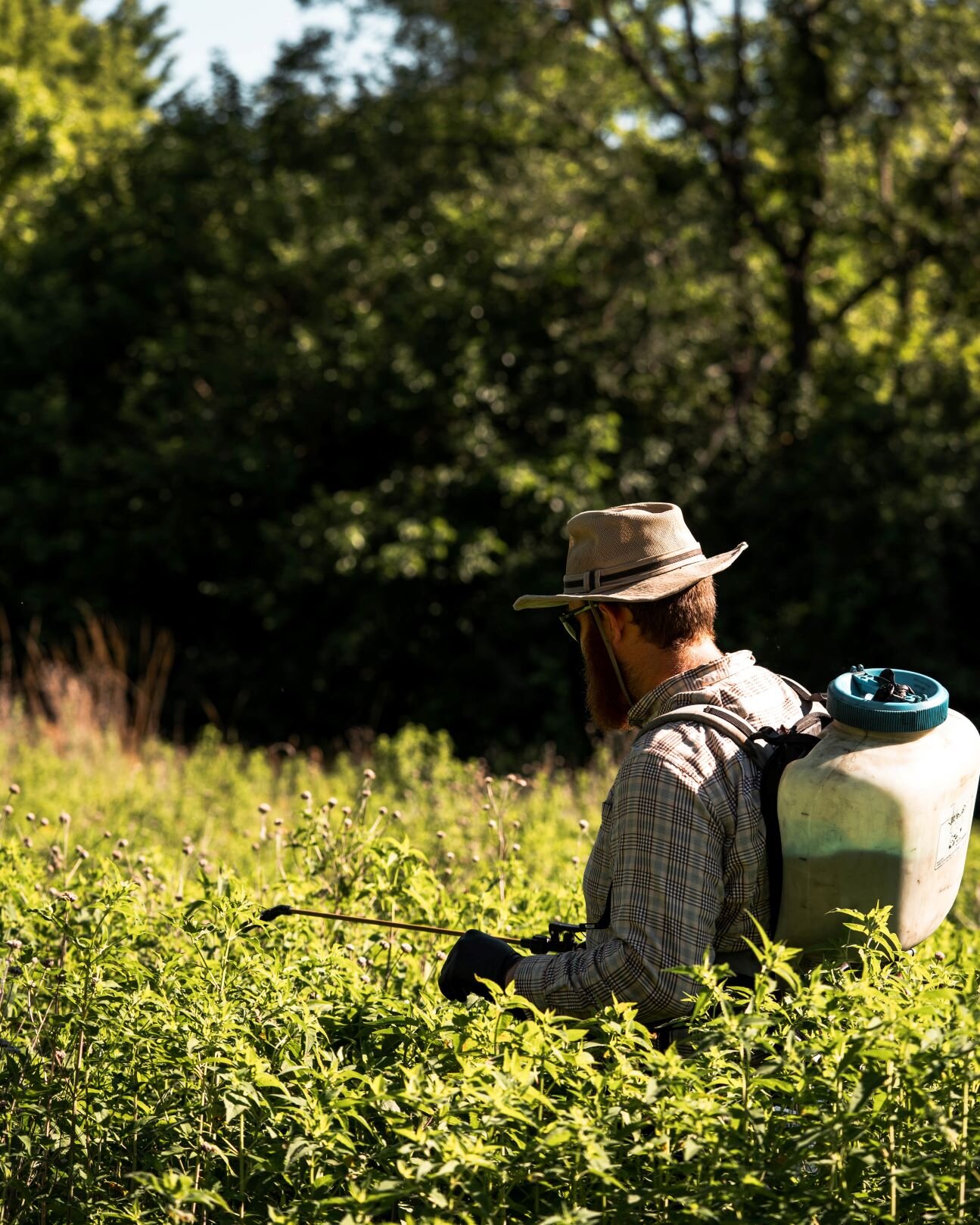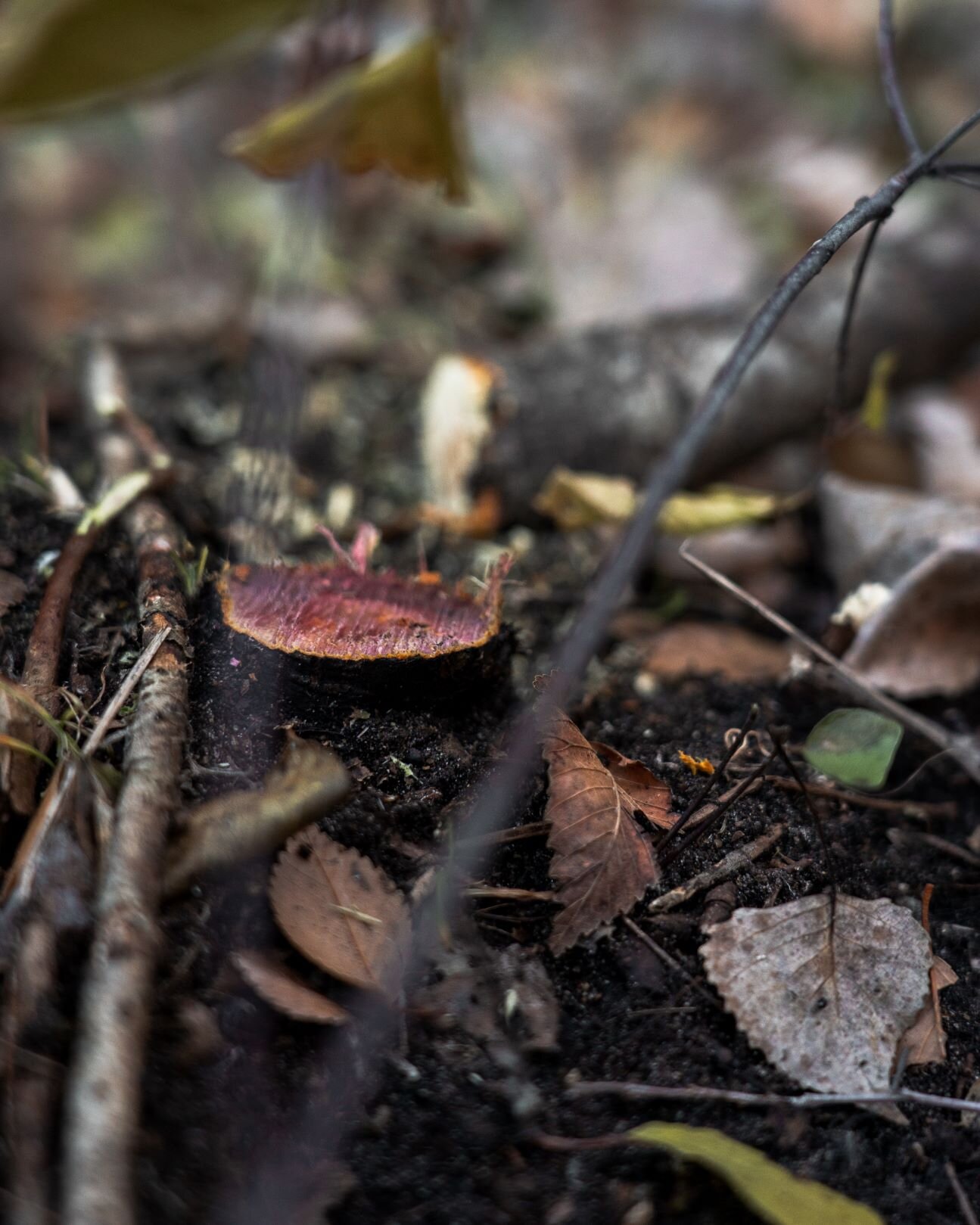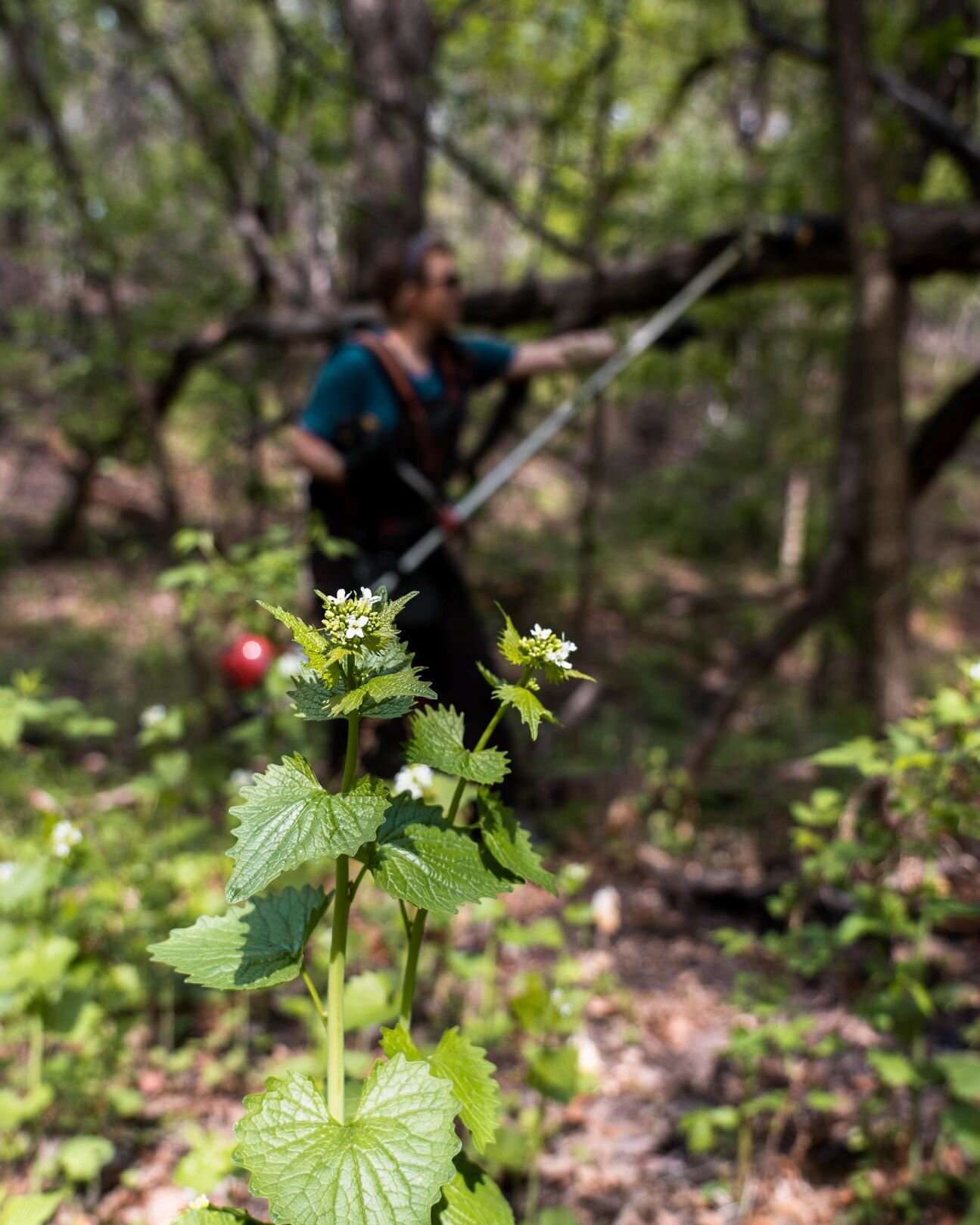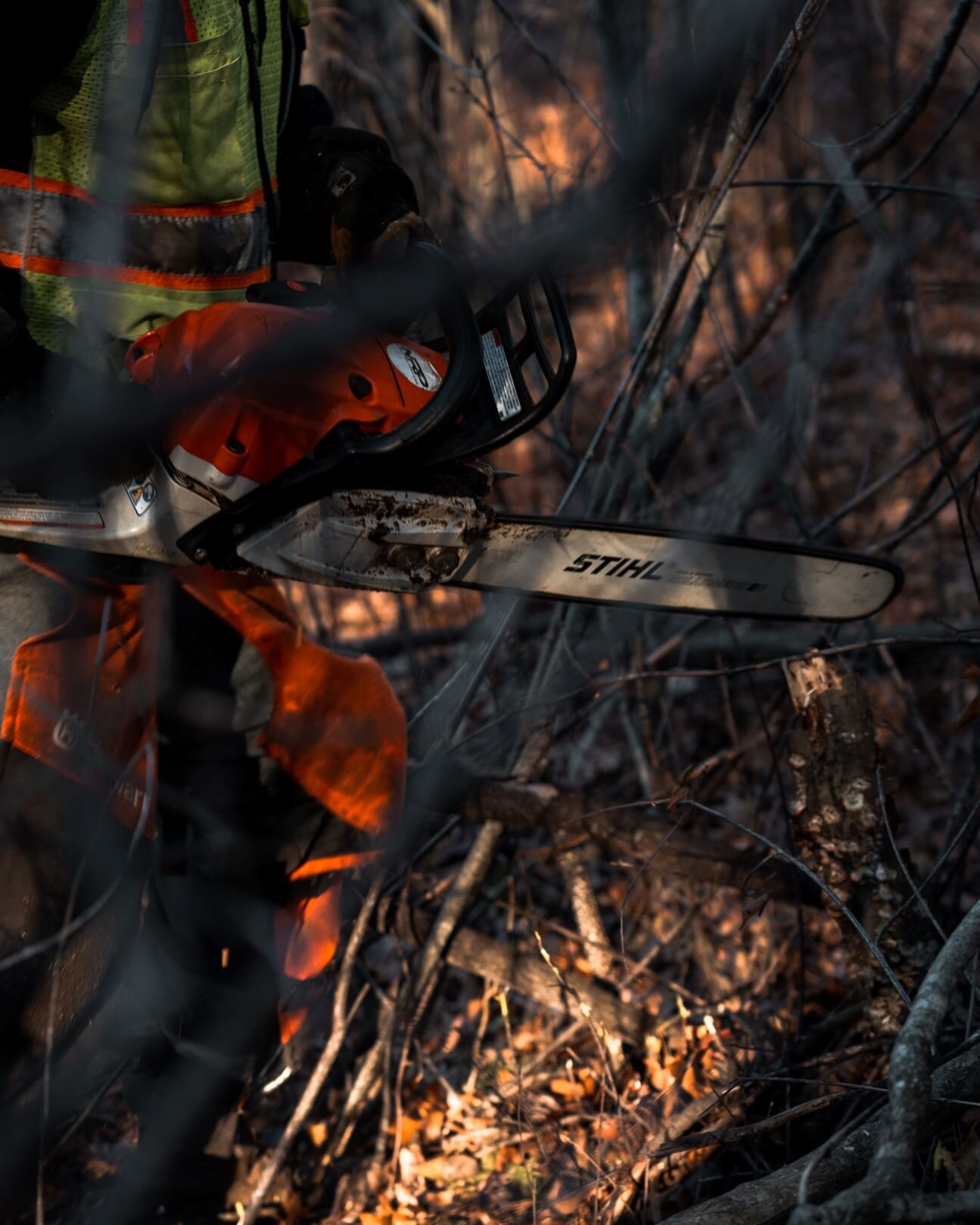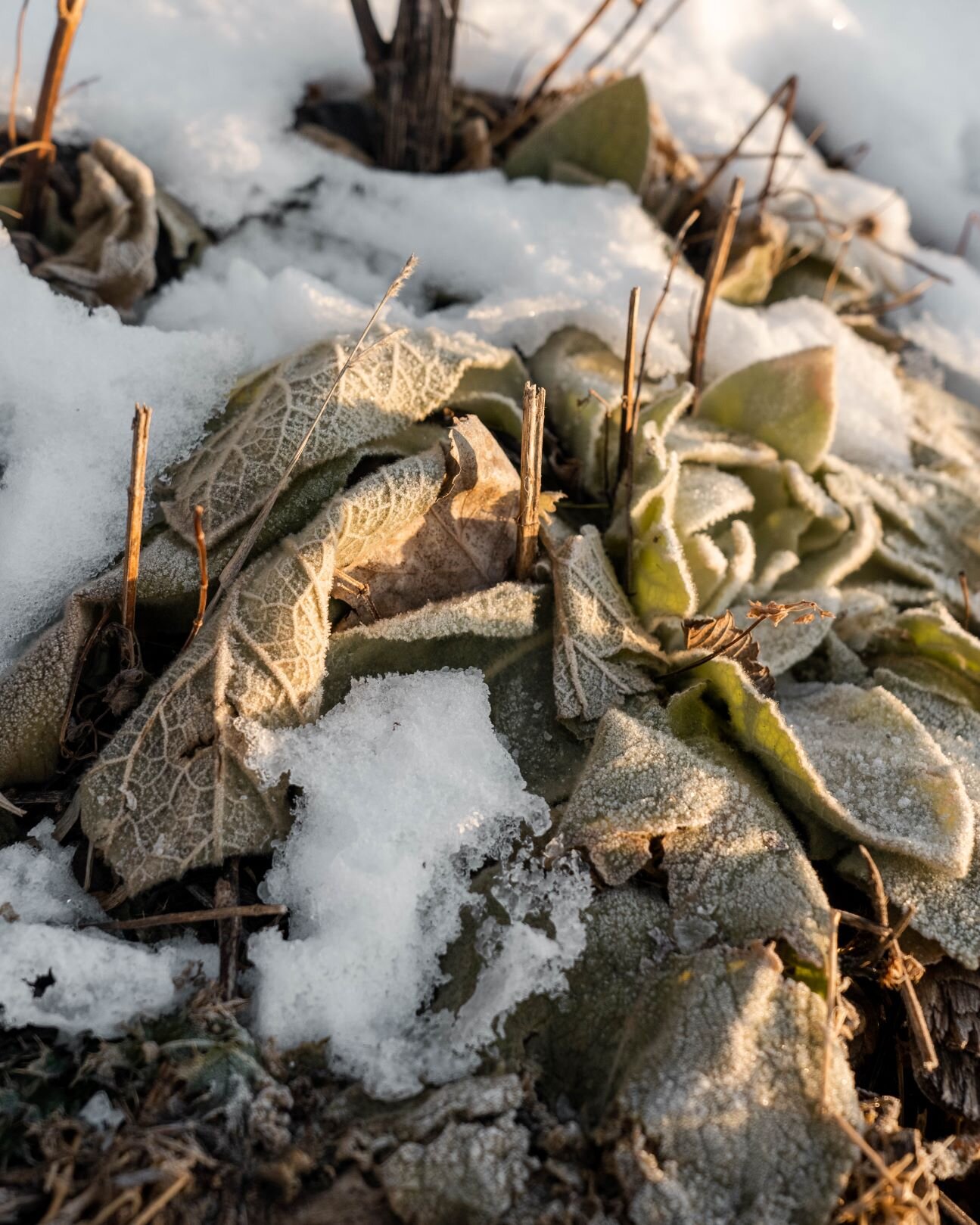Invasive Species and Plant Management
Invasive species, noxious weeds, non-native species, non-native aggressive species… you may have heard at least one of these terms before. They all refer to species that are present in a region beyond their natural range, and are also aggressively out-competing other species. When a non-native species takes hold in an area, this out-competition can lead to a monoculture plant community. This loss of plant diversity can result in serious environmental issues. Thick stands of invasives can cause unstable stream banks, increased erosion, and loss of habitat for pollinators, wildlife, and bird species.
Managing invasive species by controlling populations or complete eradication is an important part of many habitat restoration programs. Removing these species from the landscape releases valuable light and nutrient resources for native plants, and can improve recreational use and ecosystem function. By controlling invasive species, we can restore ecosystem resilience and healthy levels of biodiversity.
Woody and Herbaceous
The two types of invasive species that we often manage are woody and herbaceous.
Woody species, such as buckthorn (Rhamnus), compete with native shrub and tree species. They are commonly found in forested areas, especially forest edges, though they can be present in wetland and prairie systems. They are very common in urban landscapes as well. Woody invasives often shade out smaller species, disrupting native understory plant communities.
Herbaceous species, such as garlic mustard (Alliaria petiolata) are weeds that often grow anywhere they can--forests, prairies, ditches, roadways, yards, etc. We often treat them as part of prairie restorations. They out-compete native flower and forb species, and can often disrupt water, soil, and nutrient cycles within an ecosystem.
Non-Invasive Plant Management
Sometimes management is needed for non-invasive plant species. Some plants may be aggressive competitors, diseased, or overpopulated. Many of the treatment solutions we use for invasive species can also be used for native plant management.
Treatment and Management
Treatment of invasive species takes many forms to account for variations in life-cycles and traits between different plants. We are skilled at multiple forms of invasive species treatment and management. So whatever kind of invasive you need handled, we have the skills to do it.
Hand Weeding: Sometimes classic, manual control is the best option. We’ll put boots on the ground and hands on the problem to uproot the target species.
Mowing: Knocking back invasive species through mowing is a popular herbicide-free control method. Whether it’s a small patch or a large acreage, we have the equipment and ability to mow it.
Cut & Stump: For many woody invasives, we cut them down and treat the stumps. Treating the stumps helps kill the root systems, and reduces the likelihood of re-sprouting.
Girdling: Girdling kills trees and shrubs while leaving them standing as dead snags. These snags provide wildlife habitat.
Foliar: Applying herbicide directly to the surfaces of leaves is an effective way of treating many types of invasives. This can be done through broadcast spraying of an entire monoculture, or through spot spraying individual plants.
Basal Bark: Applying herbicide to the outer bark of woody invasive species is called basal barking, and is used to eliminate species without leaving cut stumps or branches across the ground. It is a slower process, but maybe useful for targeting small quantities of plants.
Dead Heading: Sometimes there are too few plants or too little budget to fully treat an area. In these instances, dead heading can be a useful, cost-effective treatment solution. Dead heading involves removing the seed head of a target species before it can go to seed. While this will not kill the perennial species, it will prevent them from spreading seed further.
Forestry Mowing: Removing thick populations of invasive species from large acreages can get costly, and seem overwhelming. Check out our Forestry Mowing page to see how we tackle this challenge with an ecologically-based equipment solution.
Large Tree Felling: If the unwanted species is full tree size, our skilled sawyers can fell and remove the trees. We will also treat the stumps if necessary to prevent re-sprouting.
Prescribed Fire: Many invasive and aggressive plant species are not adapted to fire disturbance, while many native, desirable species thrive with fire. Controlled burns are popular for managing invasive species in prairie and woodlands. Check out our Prescribed Burns page to see how our skilled burn crews make sure fire is both safe and ecologically-impactful.
Have a treatment idea that’s not on this list? Want to trial a new vegetation treatment solution? --Contact us today. We love expanding our horizons and trying new things!
Our Certifications
All NRP employees are commercially certified by the Minnesota Department of Agriculture to apply herbicides across the state on both private and public lands in forests, prairies, right-of-ways, and agricultural settings.





